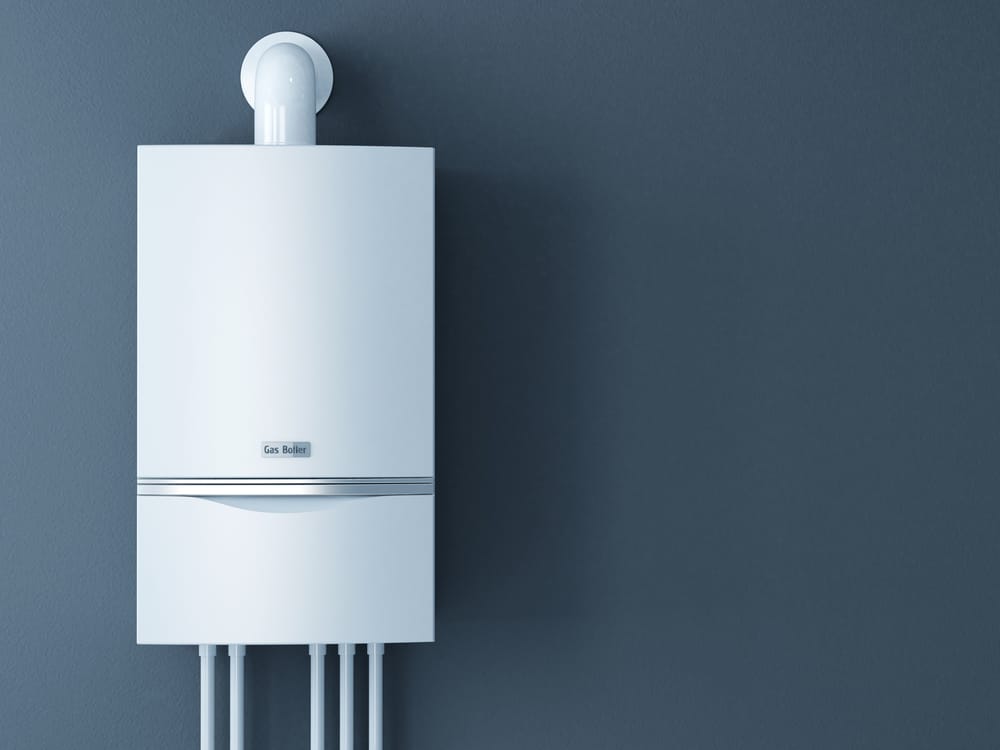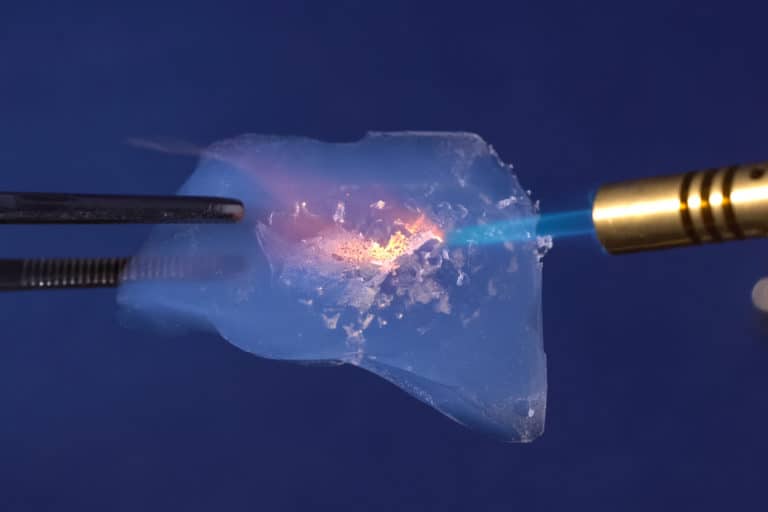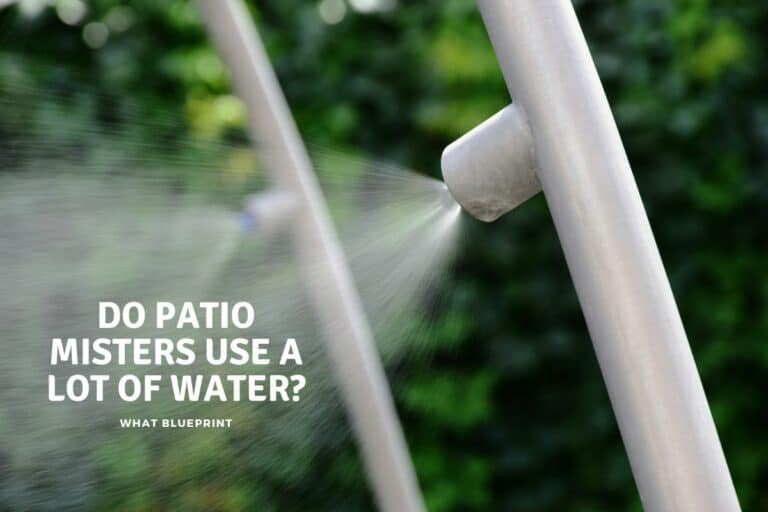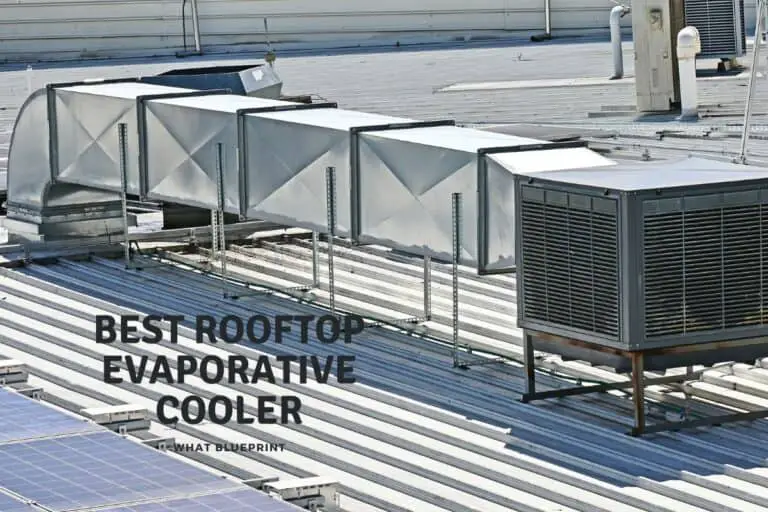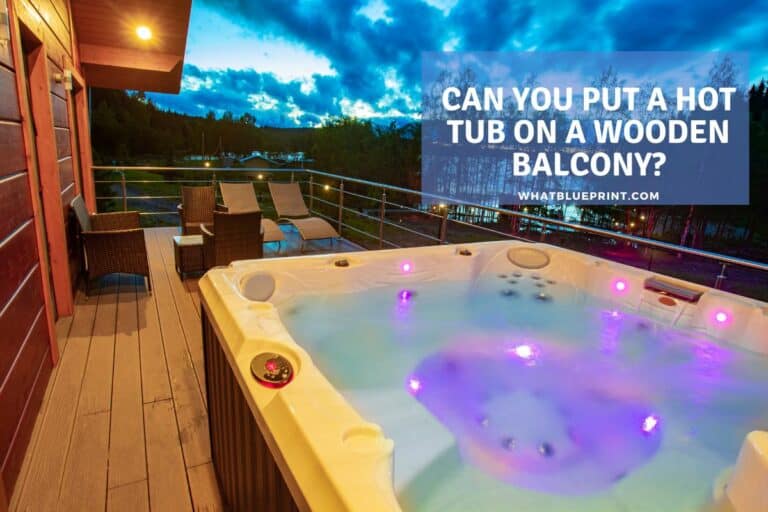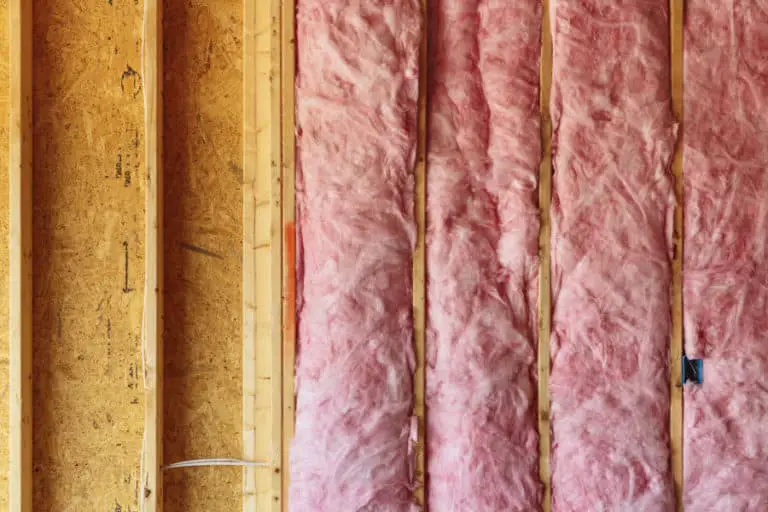Can You Mount a Boiler on a Stud Wall?
Boilers are needed to ensure that your house’s temperature is regulated to prevent fixtures from freezing and make winter bearable for users. Stud walls are a common interior wall because of their light weight and affordability. The question now is if you’ll run into problems if you mount your boiler on a stud wall.
You can mount a boiler on a stud wall as long as the wall can support the boiler’s weight and that your stud wall has some fire-retardant measures. Boilers normally weigh around 75-250 pounds and reach temperatures of about 180 degrees Fahrenheit. Therefore, your stud wall will need reinforcement to handle the weight and also be fire-resistant.
Read more as we’ll be going into boilers, increasing the fire-rating of your stud walls, how to mount a boiler on a stud wall, and many more other things.
Boilers: An in-depth overview
A boiler is a heat source that generates high temperatures through the use of either water or steam. The heated water/steam is then distributed to other heat-generating appliances such as radiators, heaters, etc.)
There are three main types of boilers classified by the kind of energy they use to produce heat: electrical, gas-fired, and oil-fired. Each boiler type has its pros and cons, but the general gist is that they all operate by running water through a heat source.
You might be thinking that it’s not that different from just boiling a big pot of water. The environment inside a boiler allows the heat to be controlled and appropriately contained, significantly reducing heat loss and maximizing the amount of heat generated.
Parts of a boiler
It’s essential also to know the different parts that make up a boiler. This allows you to configure it and maintain it better. We’ll only be covering the parts that we think you should be familiar with, especially the parts that experience high temperatures.
| Boiler Part | Description |
| Combustion Chamber | This is where heat is produced. It’s kept inside a chamber to ensure that all the heat generated is contained and used only for the boiler. |
| Burner | Ignites the fuel and produces heat. Found inside the combustion chamber. |
| Safety Valve | Fail-safe of the boiler. Releases excess temperature and pressure as needed for the boiler to operate safely. |
| Heat Exchanger | A material that’s used to allow the heat to transfer to the water inside the boiler. Usually done through metal rods. |
We mainly covered the heated parts of the boiler and the safety valve because as much as possible, this is the part of the boiler that we want to have fire-proofing for. It’s recommended that you know where these parts are and add fire-proofing finishes to the parts of your wall that come in contact with these.
What boiler should I get?
If you looked up this article, chances are you plan on adding a boiler and find that a stud wall is the only available place where you can mount it.
The type of boiler you should get depends on these factors:
- Fuel Source
- Energy – Efficiency
- Size
If you plan on mounting your boiler on a stud wall, we suggest that you get an electrical boiler if possible. This reduces combustion because electric boilers produce heat by heating rods instead of using a burner(fire) and does not use gas(propane/natural).
You also need to consider how your boiler will be delivering heat around your house. This can be either be achieved by a radiator or by a hot-water pipe system. Generally, radiators are much cheaper, but hot-water pipe heating effectively prevents things from freezing.
Mounting a boiler on a stud wall
We’ll be now going into the different things you’ll need to do if you plan to mount a boiler on your stud wall. As we mentioned earlier, your two main concerns will be if your stud wall can:
a.) Handle the weight of the boiler.
The average residential boilers can weigh around 75-250 pounds, while in comparison, an average flatscreen TV’s weight can range from 20-100 pounds. Boilers are also relatively small compared to TVs, with the average boiler measuring around the exact size of a 32 flatscreen. This entails that a boiler’s weight is concentrated on the part of a wall rather than spread out.
To support this much weight, your stud wall is going to need some noggins. This provides more points to fasten your boiler and ensure that the boiler’s weight does not cause the studs to deform. We suggest that you take the extra effort to set up herringbone noggins. This is to counter the pulling force(tension) between the wall and the boiler.
You can also opt to add a platform for your boiler. This extra support functions to help better redirect the weight by turning it into a compression force, which is better for studs.
b.) Handle the temperatures from the boiler.
The most common suggestion is to use a plaster wall finish to help protect your wall from the boiler’s heat. Plaster is highly heat-resistant and is also relatively easy to install on any wall. Note, however, that plaster can crack, and this could lead to heat leaking into your stud wall.
You’ll also need to take into account the ventilation for your boiler. This is required for boilers that combust gases and is usually achieved by having a pipeline system that takes the carbon monoxide outside of your home.
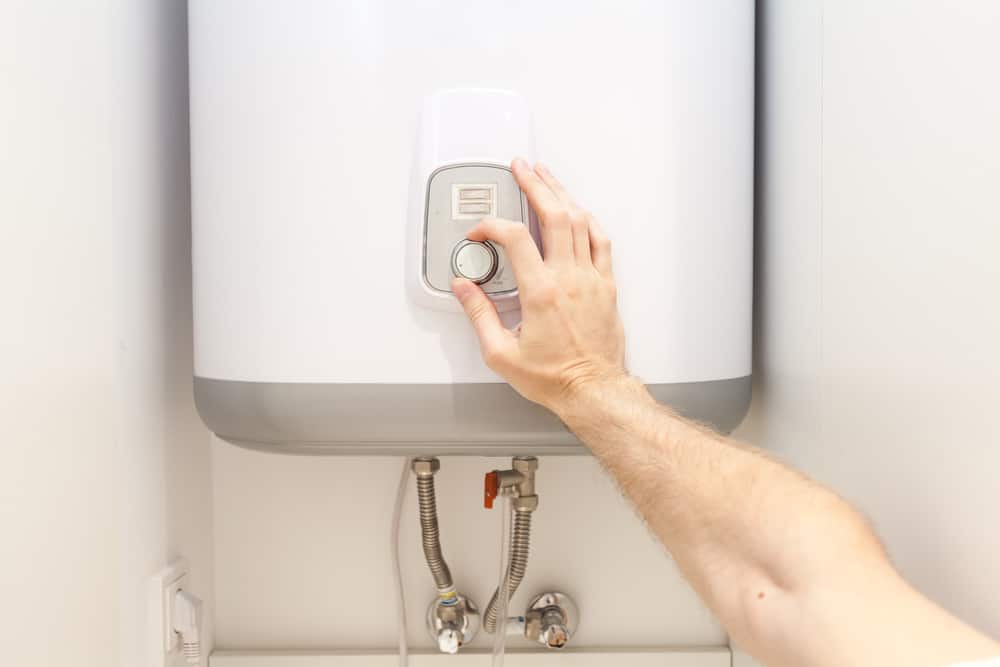
Other considerations for your boiler
We’ll now be going into the other consideration you’ll need to make when having a boiler mounted in your home. Before anything else, it’s assumed that you already had your home surveyed to see if your house can fit in a boiler.
You’ll need to consider these five main points to make sure that your boiler will be able to operate correctly in your home.
- Pipework
You can think of boilers as a water fixture that will require an inlet pipe, an outlet pipe, and a vent pipe. The main difference is that the outlet pipe will also have pressure to move the heated water to the other parts of the home.
- Fuel
As mentioned earlier, boilers can run on different types of energy sources. The main concern here is whether your boiler operates through combustion( which will require you to provide venting for it) or if it operates through electrical heating.
- Electricity
Regardless of the energy source, modern-day boilers will need an electrical source for them to operate. This will mainly be the wiring required to attach your boilers to the sensors around your home.
- Controls
The controls of a boiler are essential to ensure that your boiler serves its purpose efficiently. These include thermostats and timers. The different thermostats control your boiler in your home, and these thermostats have sensors that let the boiler know when to provide heat and when not to.
- Maintenance
It’s recommended that you have your boiler annually serviced. This service checks if your boiler and heating systems are working correctly. Remember also to consistently check and observe your heating system for anything out of the ordinary.
Your main concern should be that the pressure from your boiler is within the manufacturer’s recommended range and that your heating fixtures(ex. radiator) are exuding heat properly.
Lastly, do not tamper with your boiler if you’re unsure of what you’re doing. Malfunctioning boilers can easily cause fires or carbon monoxide poisoning if tampered with.
It’s essential to plan out how you want your boiler to operate to ensure that you’re getting the right one for you. Generally, you’ll need to plan your boiler’s location, the pipes for it, and the electrical system attached to it.
Conclusion
You can mount a boiler on a stud wall given that it is adequately reinforced and meets fire-rating requirements. Boilers, in general, work by producing heat in an enclosed system and transferring that heat around a home for multiple purposes( temperature control, water heating, etc.).
Boilers are pretty heavy compared to other appliances and will require a lot of care when handling them. Just like anything else, they will require maintenance and servicing to ensure that they don’t breakdown.
Sources
https://forum.heatinghelp.com/discussion/158521/weight-of-american-standard-boiler-sections
https://www.abma.com/boiler-101
https://www.sciencedirect.com/topics/engineering/boiler
https://www.weil-mclain.com/sites/default/files/field-file/78-manual_1.pdf
https://www.centralhtg.com/blog/residential-boilers
https://www.home-dzine.co.za/diy-1/maintain-install-boiler.html
https://dunkirk.com/sites/default/files/3872.pd_.pdf
https://www.ricksplumbing.com/blog/how-to-install-a-boiler/
https://my-plumber.co.uk/blog/10-top-boiler-maintenance-tips/

